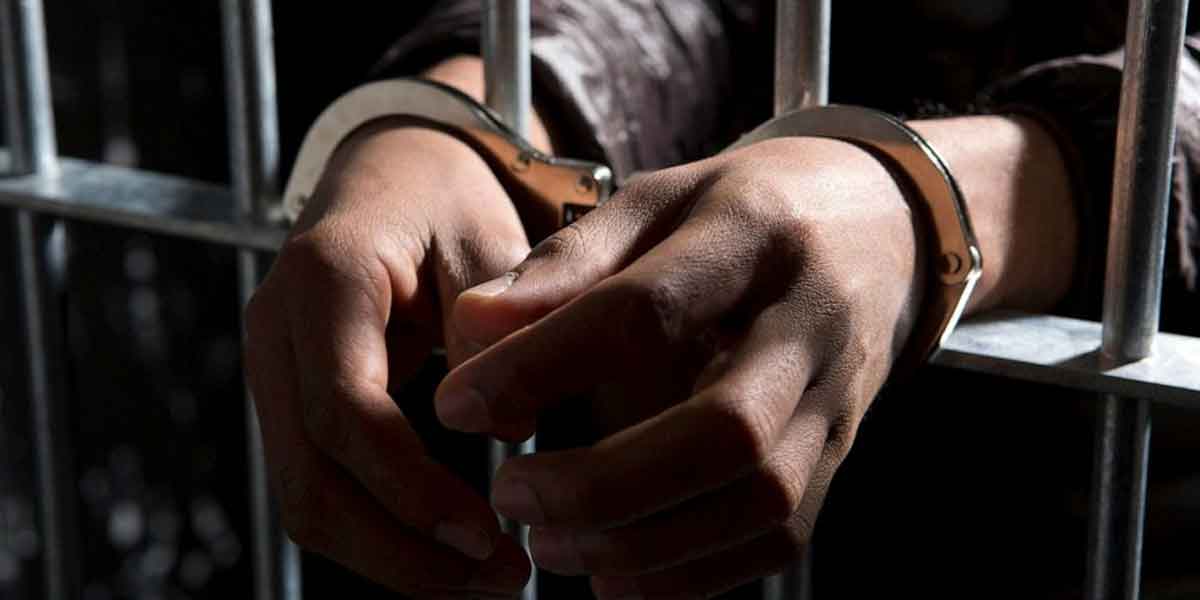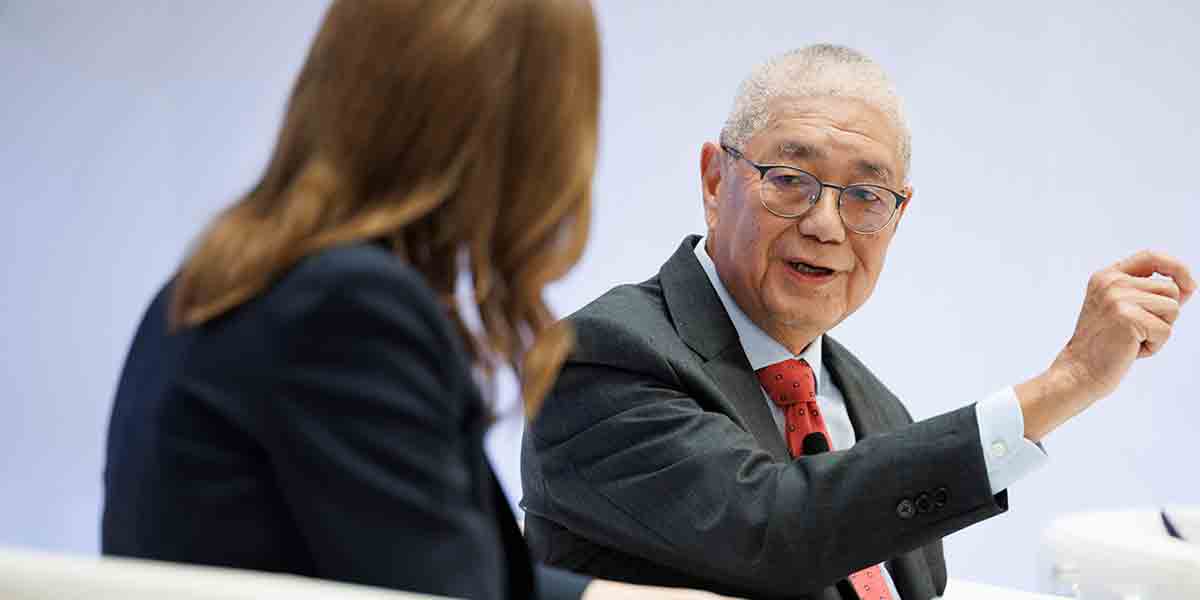By Murray Hiebert
Southeast Asian nations have been rather subdued in their responses to Russia’s invasion of Ukraine, although all but two—Vietnam and Laos—voted in the United Nations in early March to condemn Moscow’s aggression. The fighting erupted thousands of miles away, but the effects, particularly of the sanctions imposed by the United States, Europe, Japan, Australia, and others, will still have economic reverberations in Southeast Asia.
Overall, Russia and Ukraine are relatively minor economic players in Southeast Asia, with Russia making up just over 0.64 percent of global trade with the region while Ukraine accounts for just 0.11 percent, according to ASEANstats. But Moscow’s Economic Development Ministry has said that it will work to boost trade and economic links with Asia to balance sanctions.
The biggest economic impact overall on people’s lives in Southeast Asia will likely be the inflation caused by the rapid rise in the price of oil and gas in the wake of the fighting, which will increase the costs of production and transport. But Russia and Ukraine are also major exporters of agricultural inputs, food grains, and critical minerals needed for semiconductors, which could cause further shortages in Southeast Asia.
Vietnam has imported just under $1.5 billion of fertilizer, iron and steel, coal, and agricultural products from Russia and Ukraine in recent years, according to Dragon Capital in Vietnam. Meanwhile, Vietnam’s exports have totaled nearly $2.4 billion, including mobile phones, garments and textiles, and electronic equipment. Still these figures are relatively small, and Russia and Ukraine make up less than 4 percent of Vietnam’s total annual trade.
Washington has not yet indicated whether it will restrict the export to Russia of products like cellphones that use U.S. technology. But Vietnam could be hit harder by interruptions in the global supply chain, particularly for its cellphone and electronic exports. Russia and Ukraine are major suppliers of nickel, krypton, aluminum, and palladium, which are critical for the production of semiconductors. Vietnam buys many of its semiconductors from Japan, South Korea, and Taiwan, all of which have supported the sanctions against Moscow, and may face disruptions in their supplies of key minerals, Dragon Capital observes.
Together Russia and Ukraine produce nearly a quarter of the world’s wheat. Ukraine accounts for over 9 percent of the wheat, oats, and other cereals consumed in Southeast Asia, whiles Russia supplies another 4 percent. Together these two countries provide the third-largest quantity of cereals to Southeast Asia, which has been stepping up its grain consumption in the form of bread and noodles. Indonesia is the fourth-largest importer of wheat from Russia and Ukraine, while the Philippines is tenth. Ukraine grows 16 percent of the world’s corn, which could cause shortages in the region where it is used to feed animals.
The fighting could destroy farm fields ahead of the next harvest in August and, if the Russian military captures Ukraine’s main ports on the Black Sea, grain shipments could be severely disrupted, causing food prices to rise in Southeast Asia. Even before the fighting erupted, global food prices were higher than they had been in a decade because of capricious climate conditions like severe floods and droughts. The shortage of food could lead to food insecurity and instability globally.
Food production in Southeast Asia could also be hurt by the loss of fertilizer from Russia, the world’s largest exporter and provider of nearly 10 percent of the region’s fertilizer. Any disruption of fertilizer supplies could hobble Southeast Asian agriculture, which employs millions of farmers. Russia produces over three-quarters of the world’s sunflower oil, used for making cosmetics and potato chips.
Tourism will also be hit by the fighting and sanctions. Russians were the largest group of tourists visiting Thailand and the largest number of visa applicants under the country’s quarantine-free visa access option when the country lifted its Covid-19 travel restrictions in January. Russian tourism to the region will be sharply constrained by the cancellation of flights, sharp devaluation of the ruble, and difficulties transferring money after sanctions were imposed against Russian banks. Some 1.5 million Russian tourists visited Thailand in 2019 before the pandemic, making them the third-largest source of tourism revenue for the country. Other major destinations for Russian tourists include Vietnam, Malaysia, and the Indonesian island of Bali.
Weapons sales to the region have represented Moscow’s biggest impact in recent decades. Russia has been the largest source of arms to Southeast Asia, providing 26 percent of the region’s weapons in the two decades to 2020, according to the Stockholm International Peace Research Institute (SIPRI). Russian arms sales to the region were 6 percent higher than those of the United States and four times higher than China’s in that period.
Vietnam, which has sought to boost economic and military ties with the United States since China became more assertive in the South China Sea in the 2000s, has nonetheless maintained its deep military relations with Russia. In the two decades leading up to 2020, Vietnam purchased over 80 percent of its military hardware from Russia, SIPRI reports.
In 2017, Congress passed the Adversaries Through Sanctions Act (CAATSA), which threatens sanctions against any country buying weapons from Moscow. Indonesia, which buys hardware from multiple sources, responded by effectively pulling out of a 2018 agreement to buy Russian Su-35 fighter jets and moved earlier this year to get Rafale jets from France. The United States has also authorized Indonesia to buy F-15 jets. Rafale jets from France. The United States has also authorized Indonesia to buy F-15 jets.
Washington has not yet said if it will waive CAATSA sanctions if Vietnam, India, and other countries buy Russian hardware in the face of Moscow’s treatment of its neighbor. U.S. views of Russian arms sales will not impact the heavily sanctioned generals of Myanmar who are looking to Moscow to help them diversify their source of weapons from near-total dependence on China.
The full economic brunt of the war on oil prices, supply chains, and inflation has likely not yet hit the region. The countries of Southeast Asia could see additional disruptions depending on how the fighting in the Ukraine and sanctions against Russia play out.
Murray Hiebert is a senior associate (non-resident) of the Southeast Asia Program at the Center for Strategic and International Studies (CSIS) in Washington, D.C.
Commentary is produced by the Center for Strategic and International Studies (CSIS), a private, tax-exempt institution focusing on international public policy issues. Its research is nonpartisan and nonproprietary. CSIS does not take specific policy positions. Accordingly, all views, positions, and conclusions expressed in this publication should be understood to be solely those of the author(s).
















